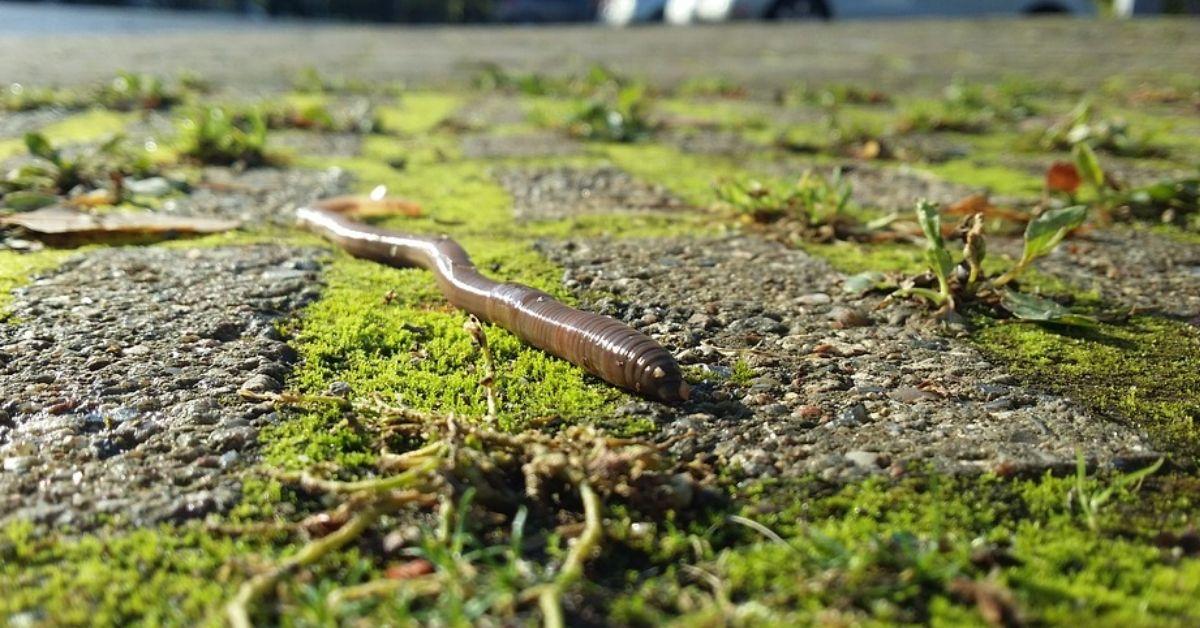The 3 Easiest Set-Ups For Bottom Rigging Live Bait
I love all things fishing, whether it's chasing smallmouth in the spring, muskies in the fall, or slab crappie through the ice - it's all good to me.
Growing up just outside of Chicago my early fishing experiences were on the banks of local rivers and ponds where I targeted drum, carp, and catfish. As I got older my fishing interests changed and I started to focus on mainstream species like bass, panfish, musky, and northern pike. Gearing up with technique-specific rods and flashy artificial rigs became my new preferred method as I distanced myself from natural bait rig fishing.
I still love chasing ''sport'' fish with artificial methods, however, I've recently rekindled my relationship with live bait rigging.
Sometimes I just want to feel the tug from a fighting fish and other times I want to simply sit comfortably and enjoy time outside, live bait rigging helps me do both of these things.
Bottom rigging is an easy way to catch a wide variety of fish. Here are three live bait set ups that I like to run. Each rig is a user-friendly and requires minimal gear that can be found at any Walmart, local tackle store or at Karl’s.
Night crawlers will always be my favorite livebait but I have also caught fish using minnows, crickets, shrimp, leeches, waxworms, redworms, bluegill(where legal), smelt, suckers, cutbait, crawfish and chicken livers.
Simple Split Shot Rig
A split shot weight pinched a foot or so above a fishing hook is as simple as simple gets. Stop at any Walmart, tackle-shop, or gas station in Wisconsin and you should be able to find the essentials to make this little rig work. The beauty is how cheap and easy it is to create.
Start off by securing a small hook to your line by using a strong knot. Then, pinch a couple split sinkers roughly 6-14 inches above your hook. Using a set of pliers to secure each split shot tightly to your line will help prevent weights from sliding around. Use lightweight rigs with longer leaders in shallow water with light current and add heavier weights with shorter leaders when in deeper water or faster current.
You can cast this rig out, let it sit on bottom and let the fish find your bait or you can impart a slow and steady retrieve to seek the fish out yourself.
Slip Sinker Rig
PC: New Bay Fisher
Arguably the most popular of the three rigs, the slip sinker rig is easy to use, highly effective, and it doesn't take much tackle or experience to complete. Start off by sliding an egg sinker or bullet weight up your line. Follow that with a small bead or bobber stop. Putting a bead or bobber stop between your swivel and weight will protect your knot from being damaged when the weight slides up and down. While the bead is nice and definitely serves a purpose, it's not completely necessary.
After that, tie on a barrel swivel. The barrel swivel will serve as a stopping point for your weight and bead while also helping prevent line twist. Finally attach leader line to the second line tie on your swivel, and follow that up with your prefered hook.
I almost always use braided main line and fluorocarbon or monofilament as my leader. Using heavier main line (braid) compared to leader line helps me save part of my rig when getting snagged.
Three Way Rig
PC: Pinterest
The Three-Way Rig is a fishing technique that is very popular among river anglers. If you've never seen a three-way swivel, they're a pyramid-shaped swivel with 3 eyelets to tie line.
First, tie your mainline (the line attached to the reel) to a eyelet on your three-way rig. The other two eyelets are for your weight and hook which each need an individual leader. Use shorter leaders for the weight (8-20 inches) and longer leaders for the hook (14-42 inches).
A three way rig allows for your weight to sit directly on the bottom while the hook sits more freely in the water. They work well in current because it allows the weight to stay directly on the bottom while the hook is being pushed up higher into the moving current. Some anglers even use floating jig heads to help push bait ups even higher. Up north, three-way rigs are trolled with live bait and artificial lures to target Walleye.
Updated January 22nd, 2021 at 2:52 AM CT


